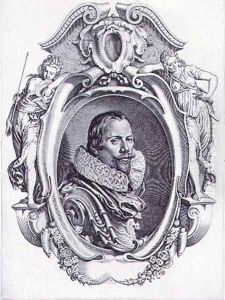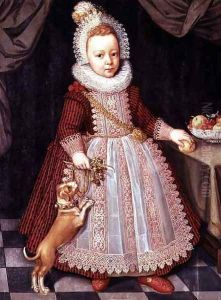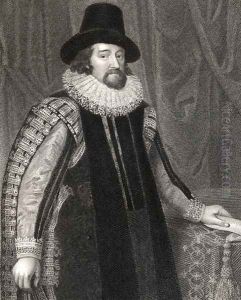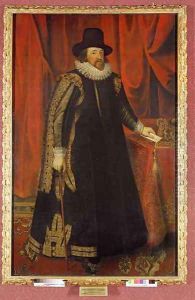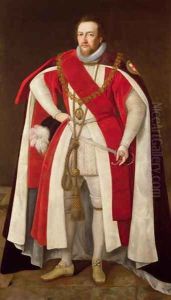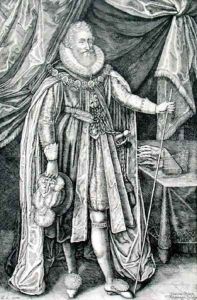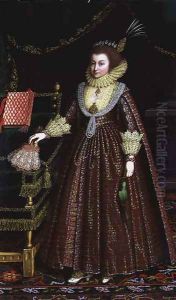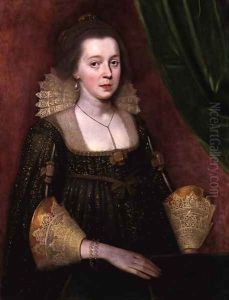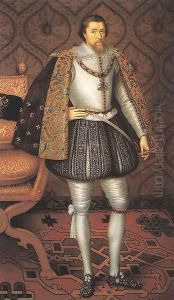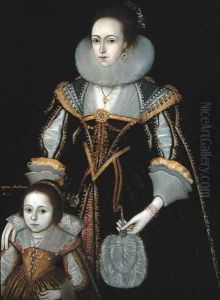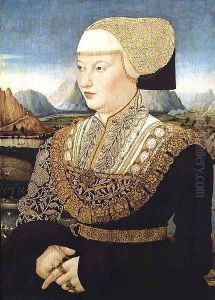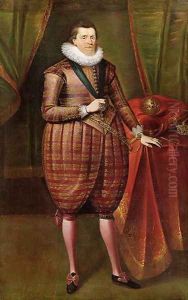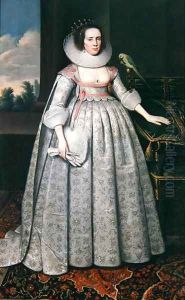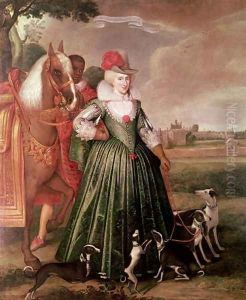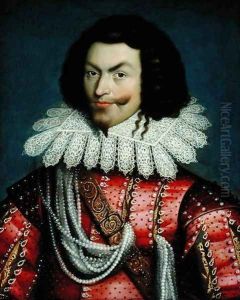Paulus Van Somer Paintings
Paulus van Somer, also known as Paul van Somer, was a Flemish portrait painter who was active in England during the late 16th and early 17th centuries. Born around 1576 in Antwerp, then part of the Spanish Netherlands, Somer is thought to have studied art in his home country before moving to England around 1616. His exact training and early career in the Netherlands are not well documented, but it is clear that by the time he arrived in England, he had developed a significant talent for portraiture.
Upon his arrival in England, Somer quickly established himself as a court painter, gaining the patronage of King James I. His ability to capture the likeness and personality of his sitters made him a favorite among the nobility as well. He is known to have painted several portraits of the king and his family, including Queen Anne of Denmark and their children. Somer's work is characterized by a keen attention to detail, particularly in the rendering of textiles and clothing, which was highly appreciated in a period that valued ornate fashion and symbolic representation in portraiture.
Somer's contribution to the arts in England is significant, as he was part of a wave of Flemish and Dutch artists who brought new techniques and a fresh perspective to English portrait painting. His influence can be seen in the works of subsequent English portraitists who adopted some of his methods and stylistic elements.
Paulus van Somer continued to work and enjoy success as a portraitist until his death in London in 1621. Unfortunately, he did not leave behind a school or notable followers to carry on his artistic legacy, and as a result, his name is not as widely recognized as some of his contemporaries. Nevertheless, his portraits still hang in several important collections, and he is remembered as a key figure in the development of portrait painting in Jacobean England.
